Optimal Timing for Block Wall Repairs
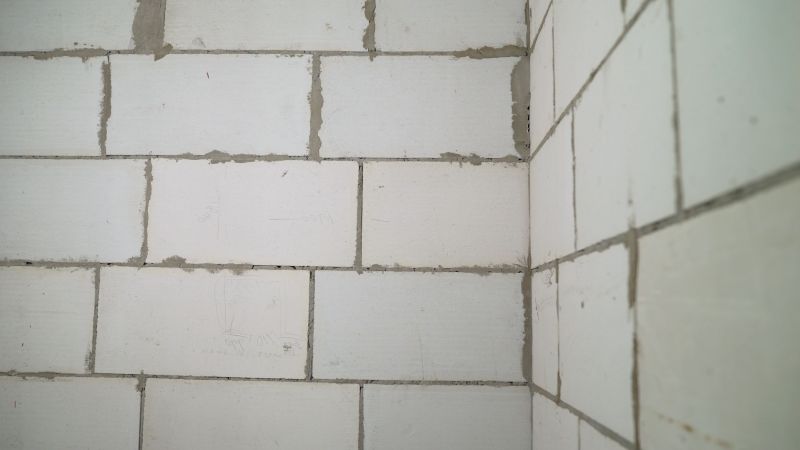
Spring offers moderate temperatures ideal for block wall repairs, reducing the risk of cracking due to temperature fluctuations.
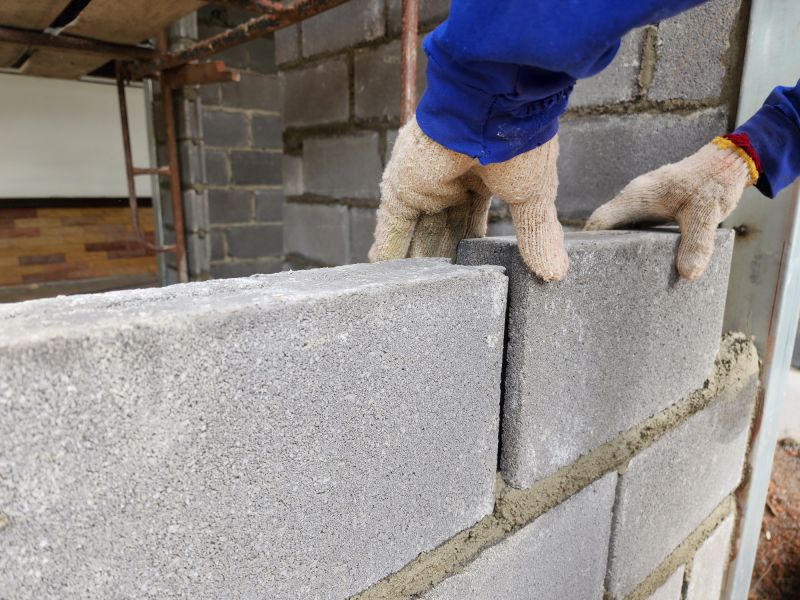
Warm weather and longer daylight hours facilitate efficient repairs, though high temperatures should be managed carefully.
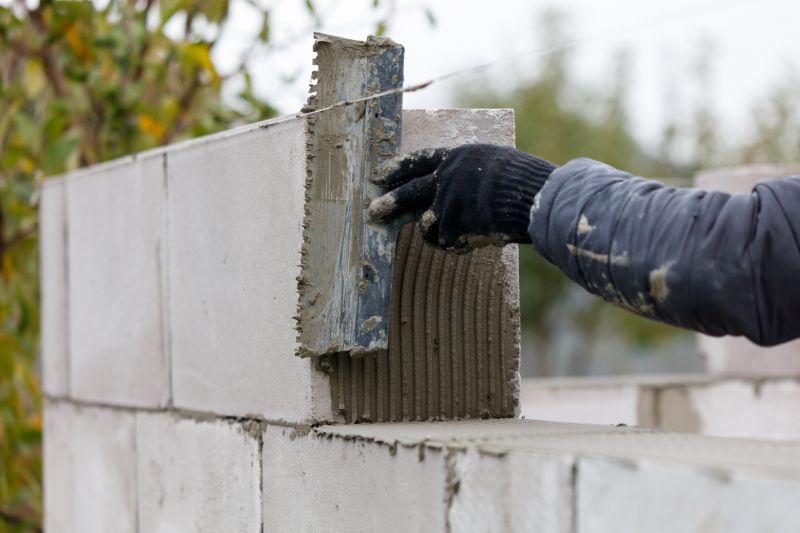
Fall provides cooler temperatures and less humidity, making it suitable for repairing and restoring block walls before winter.
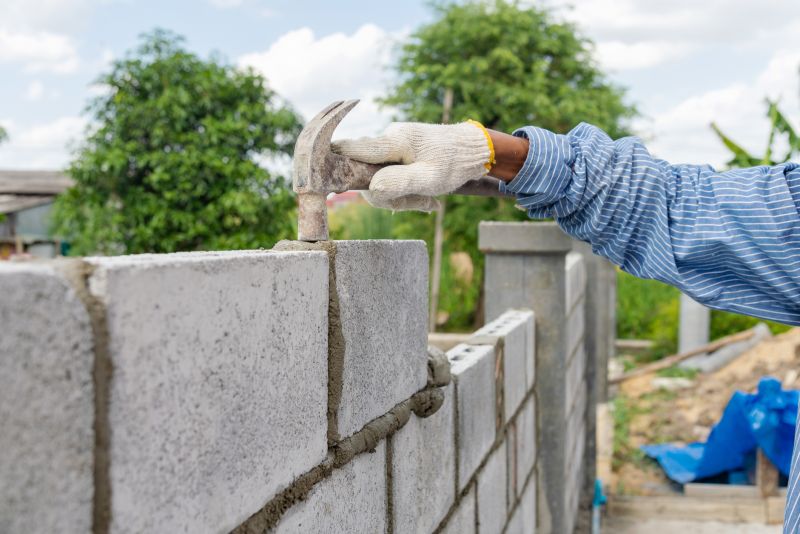
Ways to make Block Wall Repairs work in tight or awkward layouts.
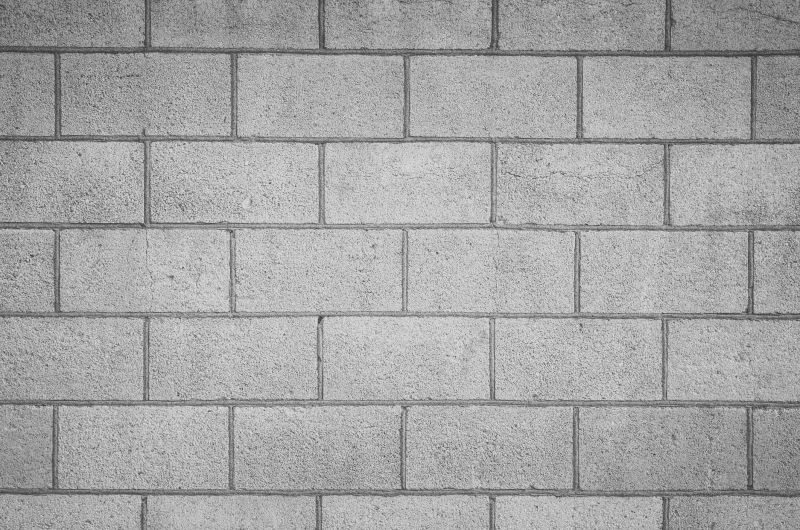
Popular materials for Block Wall Repairs and why they hold up over time.
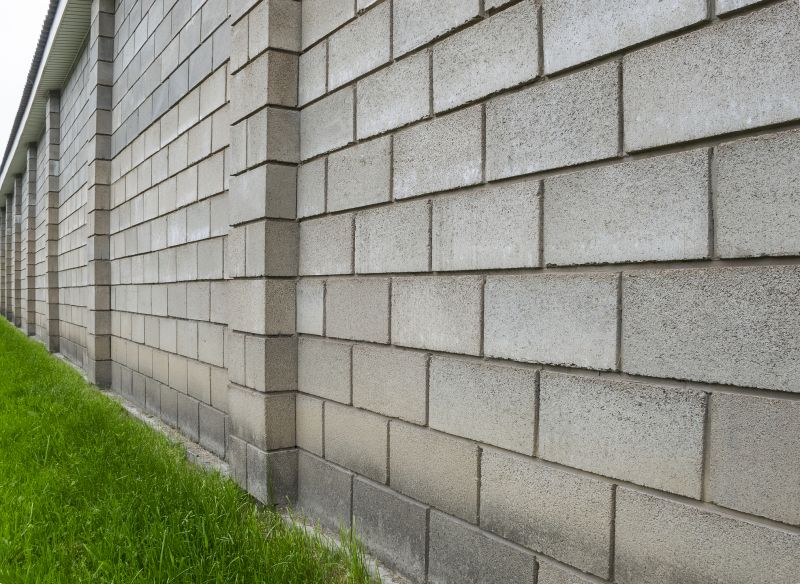
Simple add-ons that improve Block Wall Repairs without blowing the budget.
Block wall repairs are essential for maintaining structural integrity and aesthetic appeal. Proper timing ensures repairs are effective and long-lasting. Weather conditions significantly influence the success of repair projects, with ideal conditions typically involving moderate temperatures, low humidity, and minimal precipitation. Repairing during these optimal periods reduces the risk of issues such as cracking, shifting, or deterioration caused by extreme weather.
Temperatures between 50°F and 85°F are optimal for block wall repairs, preventing issues related to freezing or excessive heat.
Low humidity levels help ensure proper curing of mortar and concrete, leading to stronger repairs.
Avoid repairs during or immediately after heavy rain to prevent water damage and ensure proper adhesion.
Scheduling repairs in spring or fall minimizes disruptions and aligns with favorable weather patterns.
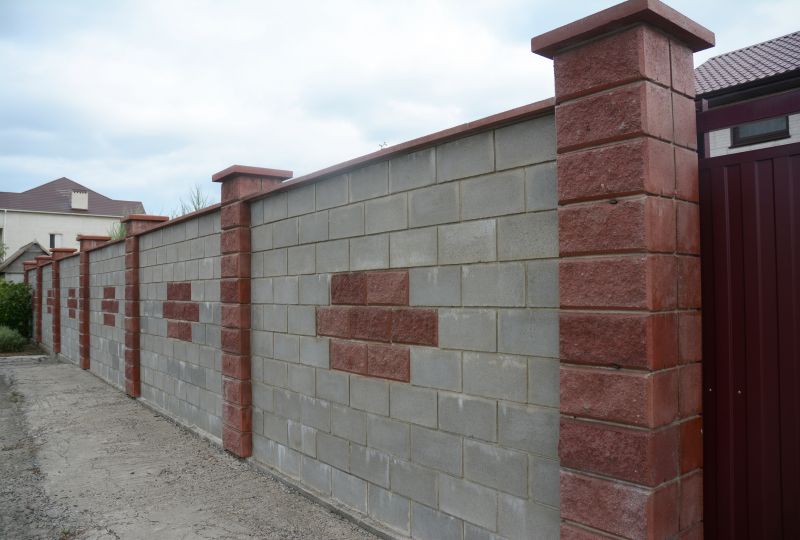
High-end options that actually feel worth it for Block Wall Repairs.
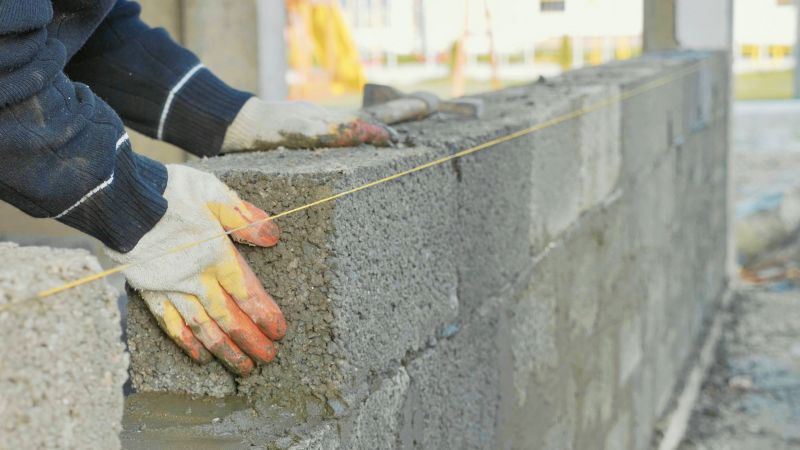
Finishes and colors that play nicely with Block Wall Repairs.
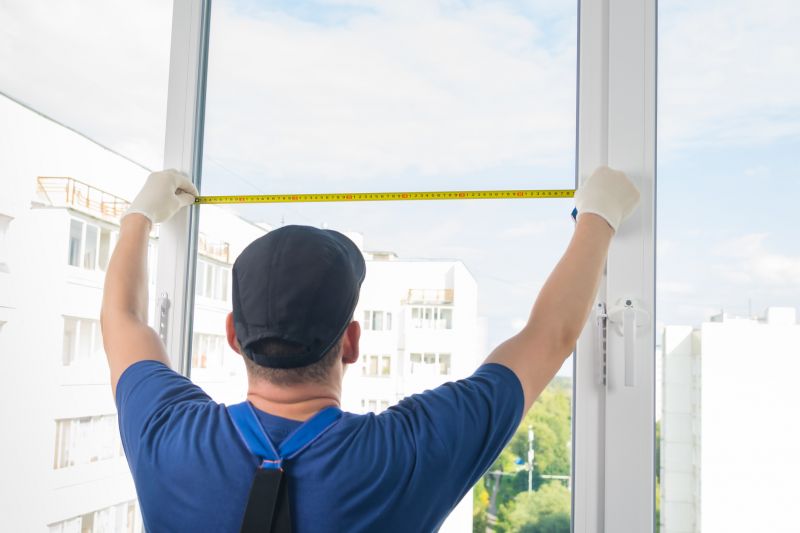
Little measurements that prevent headaches on Block Wall Repairs day.
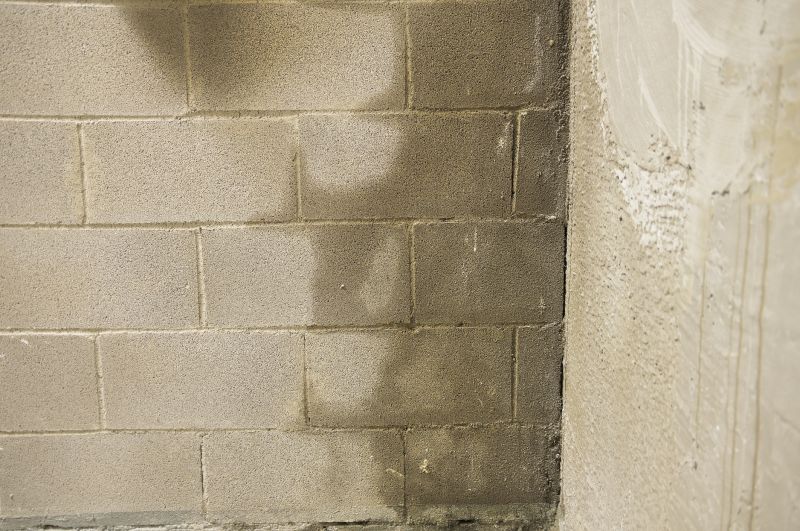
A 60-second routine that keeps Block Wall Repairs looking new.
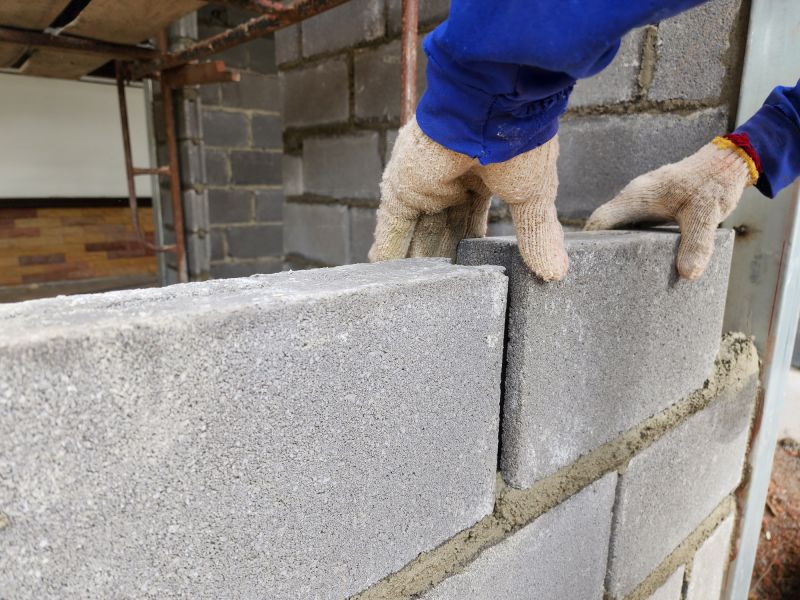
A frequent mistake in Block Wall Repairs and how to dodge it.
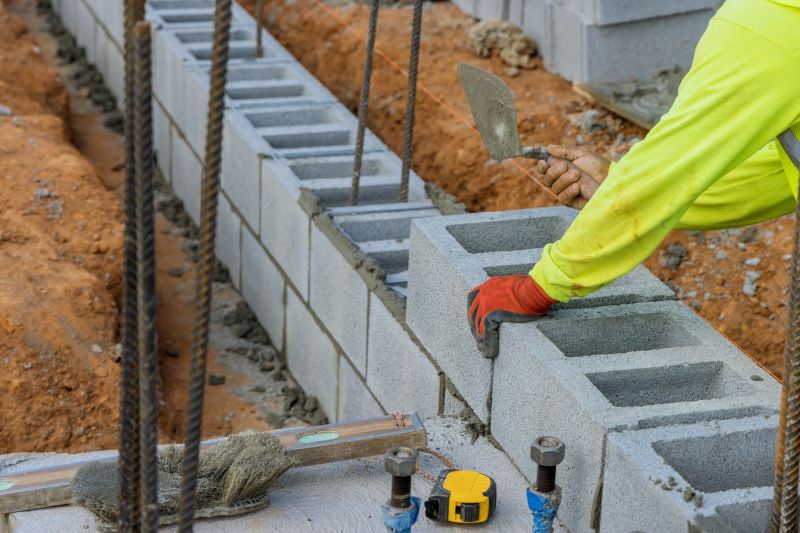
Small tweaks to make Block Wall Repairs safer and easier to use.
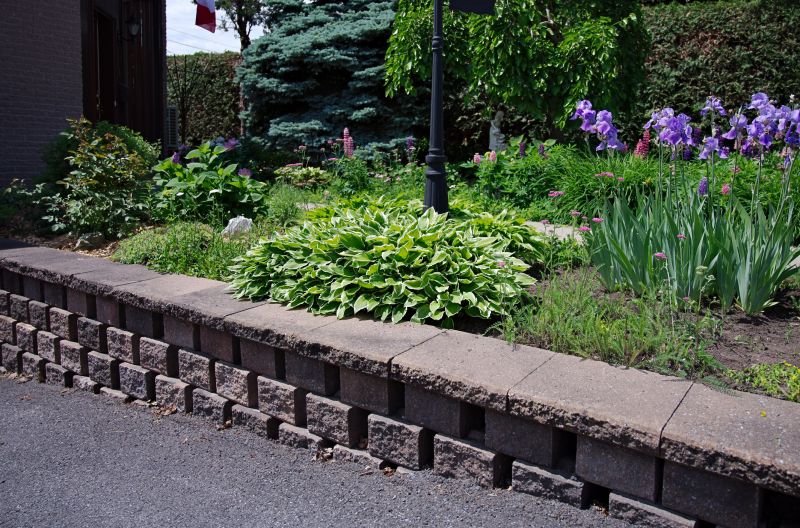
Lower-waste or water-saving choices for Block Wall Repairs.
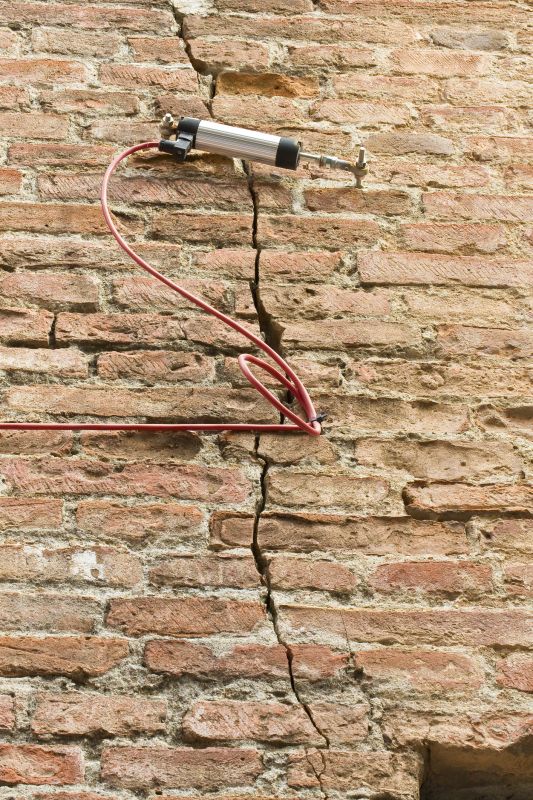
The short, realistic tool list for quality Block Wall Repairs.
| Season | Ideal Conditions |
|---|---|
| Spring | Moderate temperatures, low humidity, dry weather |
| Summer | Warm temperatures, manageable heat, dry conditions |
| Fall | Cooler temperatures, low humidity, dry weather |
| Winter | Not recommended unless climate permits, avoid freezing temperatures |
Choosing the right season for block wall repairs is crucial for ensuring the longevity and effectiveness of the work. Proper weather conditions facilitate the curing process and help prevent issues such as cracking or shifting. Monitoring local weather forecasts and planning repairs during periods of stable, moderate weather can lead to better results and reduced need for future repairs.
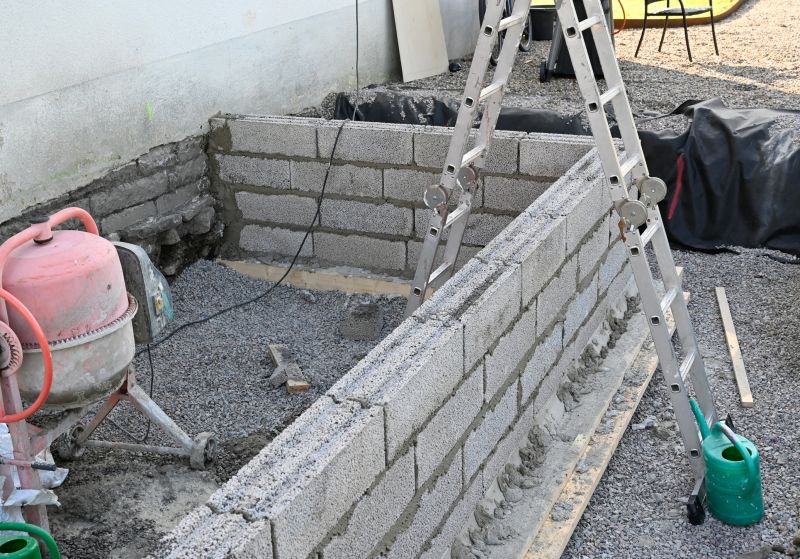
Rough timing from prep to clean-up for Block Wall Repairs.

Quick checks and paperwork to keep after Block Wall Repairs.
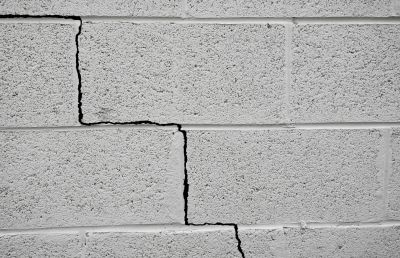
Examples that show the impact a good Block Wall Repairs can make.
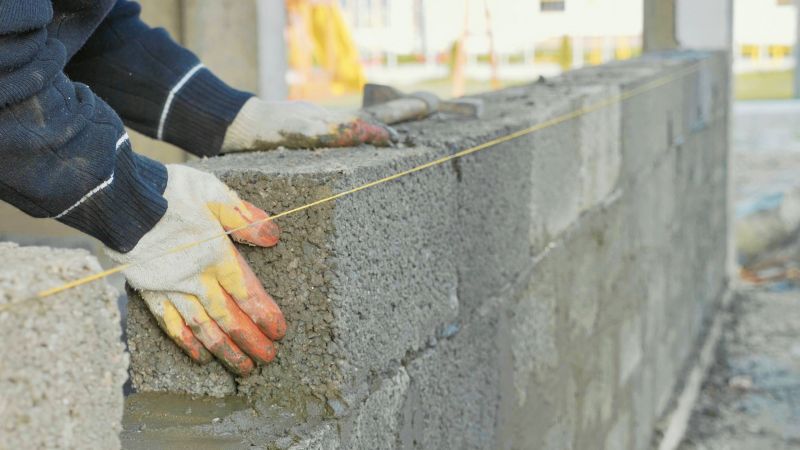
Ways to make Block Wall Repairs work in tight or awkward layouts.

Ways to make Block Wall Repairs work in tight or awkward layouts.
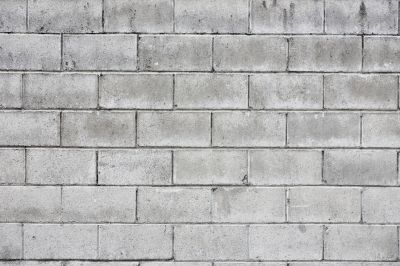
Ways to make Block Wall Repairs work in tight or awkward layouts.

Ways to make Block Wall Repairs work in tight or awkward layouts.
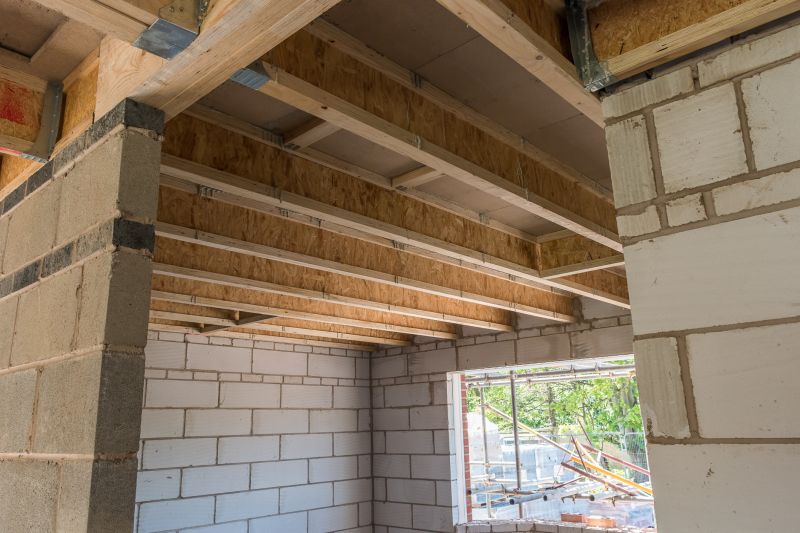
Ways to make Block Wall Repairs work in tight or awkward layouts.
Timely repairs help maintain the structural integrity of block walls, preventing costly damages and ensuring safety. Regular inspections and scheduling repairs during the most suitable seasons can extend the lifespan of the wall and reduce maintenance costs over time. For those considering repairs, understanding seasonal impacts is essential for achieving the best possible outcome.
Interested in block wall repairs? Filling out the contact form provides a convenient way to get professional assistance and schedule repairs at the optimal time for your location and needs.



